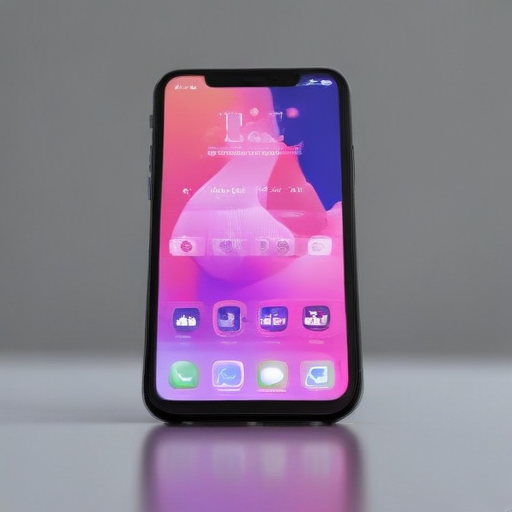Apple has introduced a new addition to its smartphone lineup with the launch of the iPhone 16e, a device that replaces the previous iPhone SE. This announcement marks a shift in Apple’s offerings, moving away from the smaller form factor and traditional features of earlier models. While the iPhone SE was a popular choice for budget-conscious consumers, Apple has now streamlined its lineup to include the iPhone 16e alongside the iPhone 15 and iPhone 16 series, completely discontinuing the iPhone 14.
Preorders for the iPhone 16e officially began on February 21, 2024, with a price tag of $599, paving the way for sales that are set to commence on February 28. This pricing indicates a departure from the sub-$500 range, leaving a gap for budget-friendly options among Apple’s offerings.
The iPhone 16e embraces a modern design that aligns with Apple’s recent aesthetic updates. It features a larger 6.1-inch OLED display, moving away from the smaller 4.7-inch screen of the previous model. Notably, the device has done away with the Touch ID home button and the thicker bezels, opting instead for an all-screen front with a camera notch that includes Face ID.
However, the iPhone 16e does not incorporate the Dynamic Island feature seen in the iPhone 16, where users could access live app information. The camera notch remains static, and the device is equipped with a standard 60-Hz refresh rate—lower than many competitors offering higher refresh rates that provide smoother visuals.
One of the significant changes is the transition from a Lightning port to a USB-C port, a shift that aligns with Apple’s adaptation to universal charging standards. This move comes after Apple phased out the iPhone SE and other Lightning devices in the European Union to meet regulatory compliance, further illustrating their intention to fill the market gap quickly.
As consumers seek affordable alternatives in the smartphone market, the iPhone 16e represents Apple’s strategy to adapt and evolve its product offerings. While it may not cater to those searching for a compact phone, it does promise to deliver modern technology to a wider audience—an essential step in ensuring Apple’s continued relevance amongst budget-conscious consumers.
With advancements in design and functionality, the launch of the iPhone 16e reflects Apple’s commitment to innovation while striving to meet varying consumer needs. The combination of modern aesthetics and compliance with global standards positions Apple favorably in the increasingly competitive smartphone landscape.
